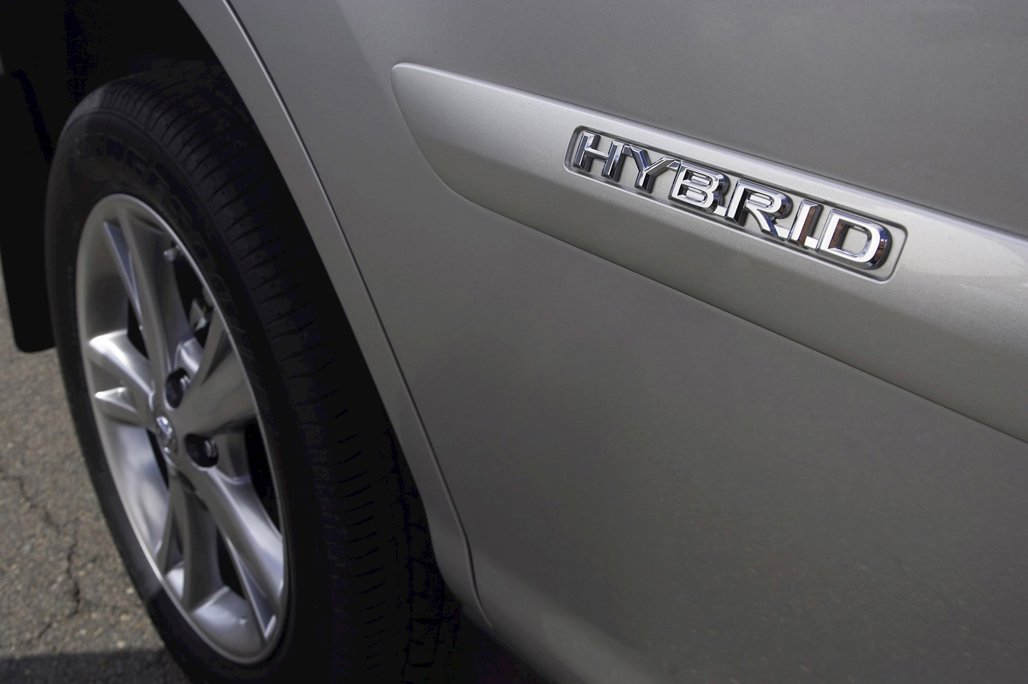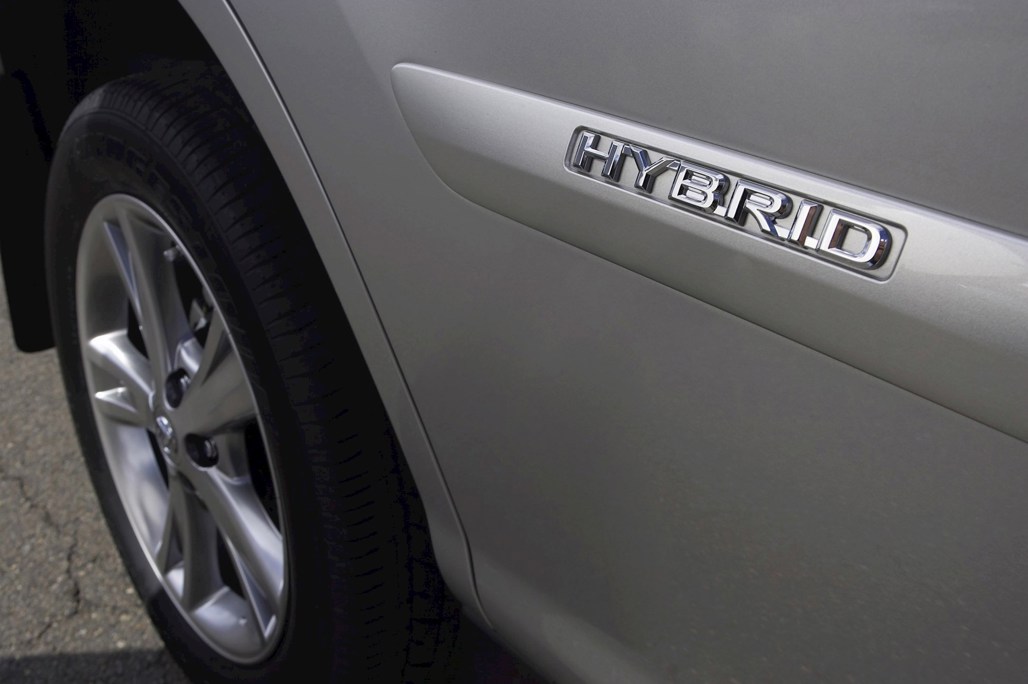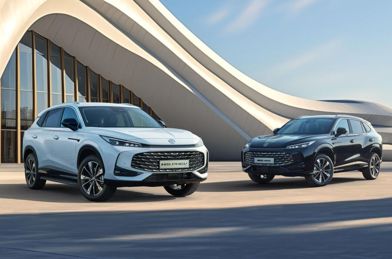Petrol-electric hybrids have been with us for over 20 years and there’s no argument they work really well.
The technology improves fuel consumption compared with a conventional petrol car by 20-30 per cent, by essentially eliminating waste: energy normally lost in braking and coasting is captured and stored in a battery, then used to help the combustion engine when required. Hybrids can even crawl along on battery alone for short distances in very heavy traffic.
The poster child for hybrids has always been the Toyota Prius: the quirky shape is aerodynamic, the hybrid powertrain really does save a lot of fuel and it’s legendary for its reliability. Just ask an Uber driver.
Don't want to miss a thing? Click here to sign up for DRIVEN's newsletter
But for every Prius fan there are 10 who’ll make a face when you mention the name. It’s not exactly a vehicle with a sexy image and it was never intended to be a great drive.
So with thanks to Prius for its groundbreaking work, let’s put it aside for a moment - including its smaller C and larger V variants. Also, take it as read that you can go and buy a Camry hybrid, which is another great Toyota execution of petrol-electric technology - but also another car with a taint of taxi.
Here are five other used hybrids that you could own and be proud of.
Mazda3 hybrid (2013-18)
If you don’t want a Prius but do think Prius tech works well, how about this? In 2013 Mazda launched a hybrid version of the Mazda3 sedan (or “Axela” if you’re looking at an ex-Japan model) that kept its Mazda SkyActiv 2.0l engine but added Prius-sourced batteries and electronics.
At the time, Mazda said it wanted to unite hybrid tech with its more driver-focused character, so it took pains to ensure the hybrid had good steering and handling. At 3.2l/100km it’s also still super-thrifty.
To view all Mazda3 models listed on DRIVEN, click here
Hyundai Ioniq hybrid (2016-)
The Prius you have when you’re not having a Prius might well be the Hyundai Ioniq. Launched in 2016, the Ioniq was clearly aimed at Toyota’s eco-icon, right down to the Kamm-tail body shape.
Uniquely, the Ioniq was available with three different powertrains: hybrid, plug-in hybrid and a pure-electric version. The straight petrol-electric hybrid was the cheapest and still offers staggeringly good fuel economy of 3.9l/100km.
To view all Hyundai Ioniq models listed on DRIVEN, click here
Lexus RX400h/450h
Lexus is legendary for its quality and reliability, especially for its hybrid models. That might have a lot to do with the fact that the luxury brand’s petrol-electric technology is essentially lifted from parent company Toyota.
Lexus has been making a hybrid RX SUV since 2004 - first as the 400h and later and the 450h - so there are no shortage of model variations and prices to choose from. Petrol-electric power doesn’t just add to the economy and refinement, either: Lexus is fond of calling the RX a “performance hybrid”, because the electric tech makes the car faster as well.
To view all Lexus RX450h models listed on DRIVEN, click here
Toyota Corolla (2016-)
In 2016, Toyota NZ set about “mainstreaming” its hybrid technology by introducing it in the best-selling Corolla. Again, it’s essentially a Prius powertrain under there – but there’s nothing wrong with that.
The hybrid line-up has been expanded with the new-generation Corolla and of course that mainstreaming now continues with other models like the RAV4 SUV.
Fuel economy is 4.1-4.2l/100km across the two generations, depending on the model.
The previous-generation Corolla was called Auris overseas (although it’s back to “Corolla” now), so keep an eye out for used-import hybrid models carrying that badge as well.
To view all Toyota Corolla models listed on DRIVEN, click here
Mitsubishi Outlander (2012-)
We’ve tried to keep this list clear of Electric Vehicles (EVs) – ones with plugs, in other words – but when you’re talking hybrids in NZ you really can’t ignore the Mitsubishi Outlander Plug-in Hybrid Electric Vehicle (PHEV).
Putting a PHEV powertrain into an SUV body was a genius move by Mitsubishi back in 2012. Let’s not forget that we didn’t see a hybrid-powered Toyota RAV4 on sale in NZ until last year.
The Outlander is not only well-proven, it’s now plentiful on the used market because it’s been around so long. There are both used import and NZ-new examples to choose from, starting with the second-generation Outlander in 2012 and continuing in the present model.
Don’t expect a whole lot of pure-EV range from the early versions (less than 30km), but as an urban hybrid it still works really well.
To view all Mitsubishi Outlander models listed on DRIVEN, click here





